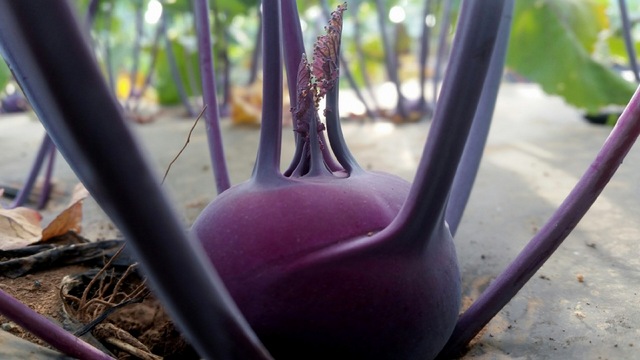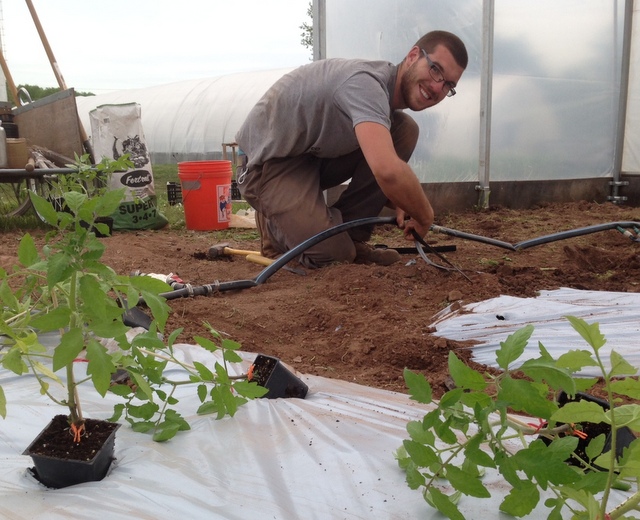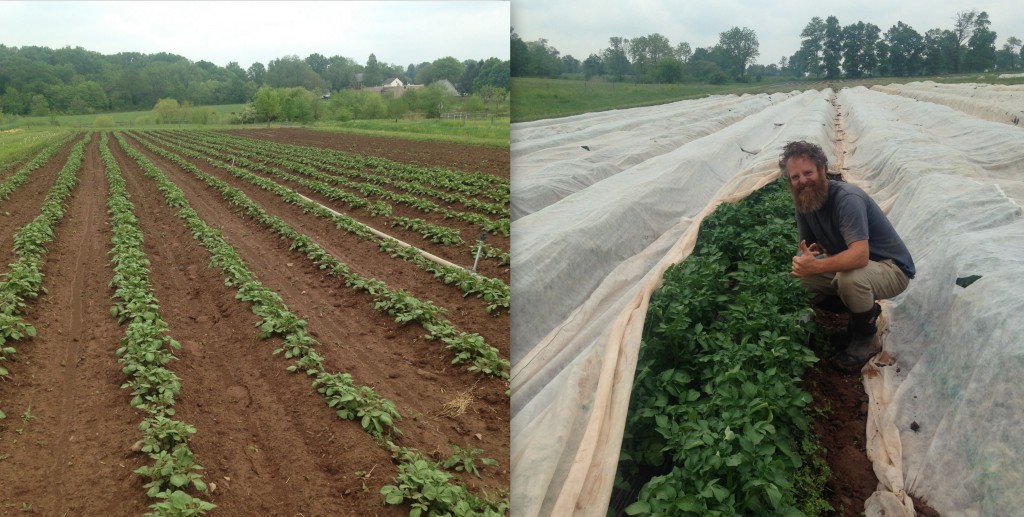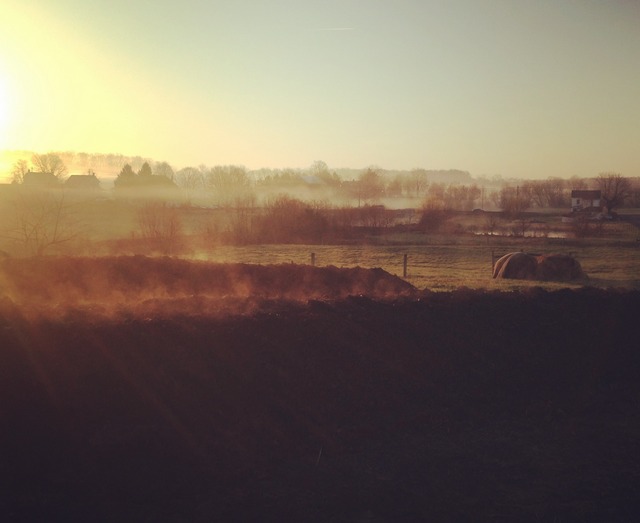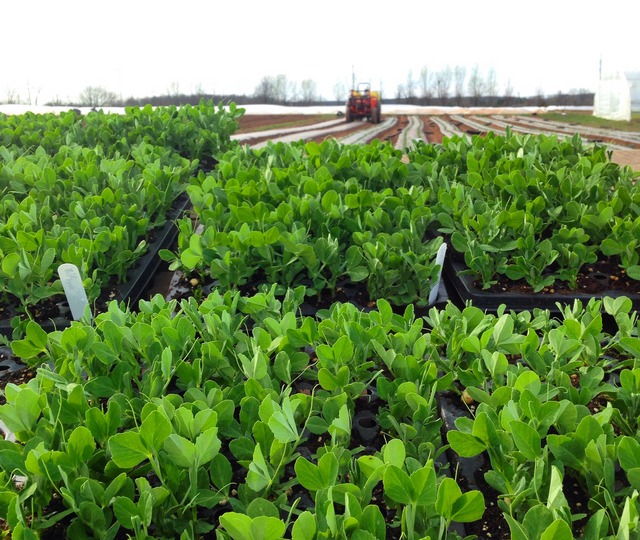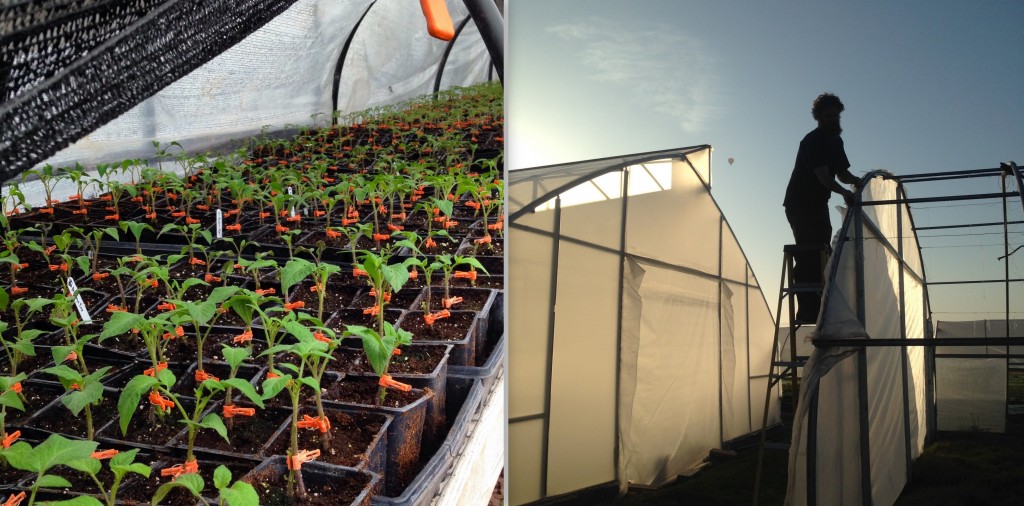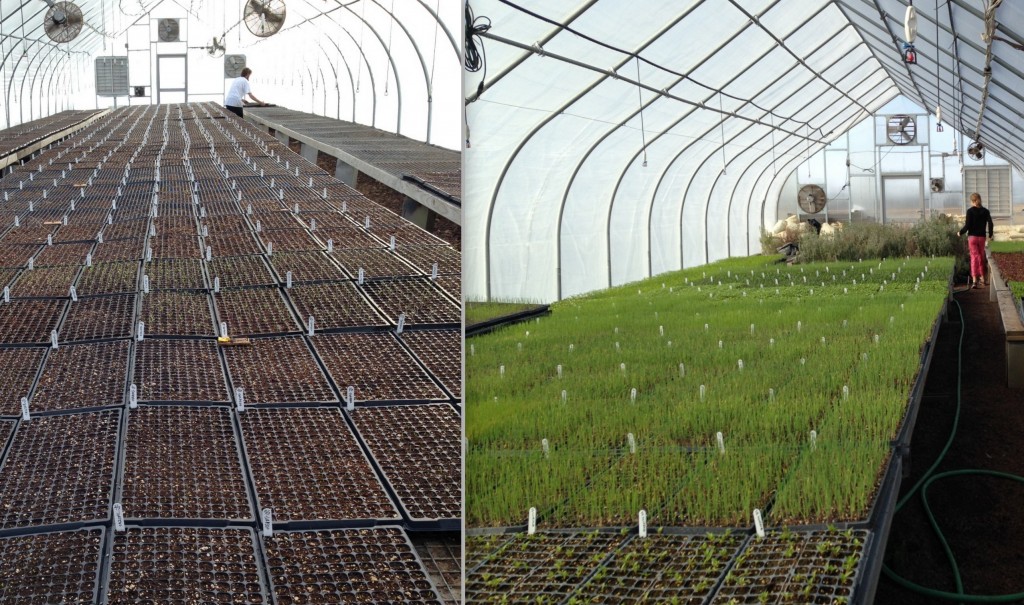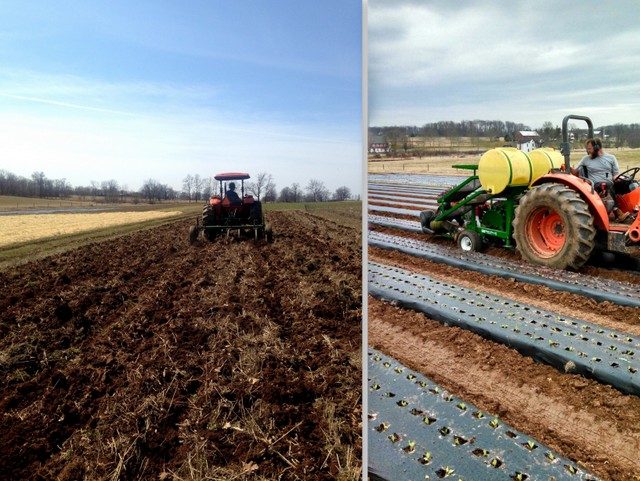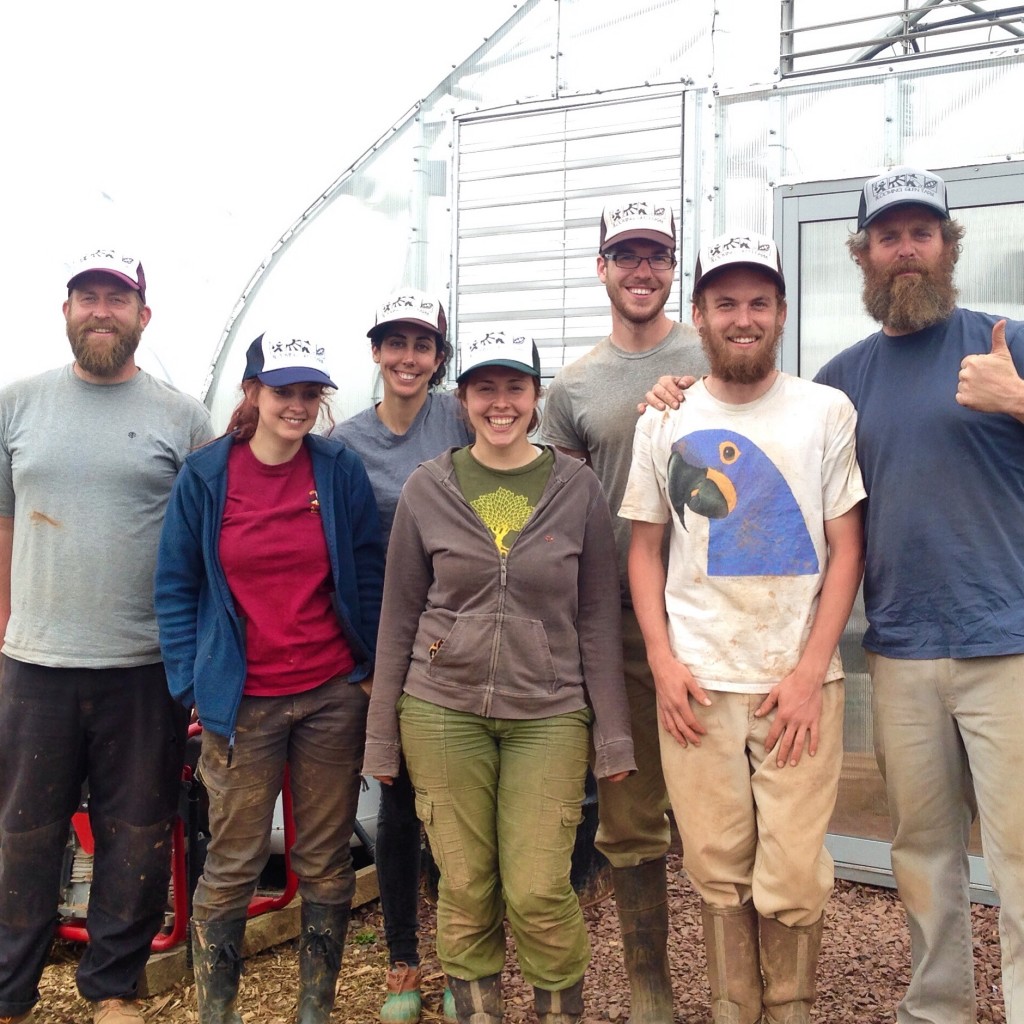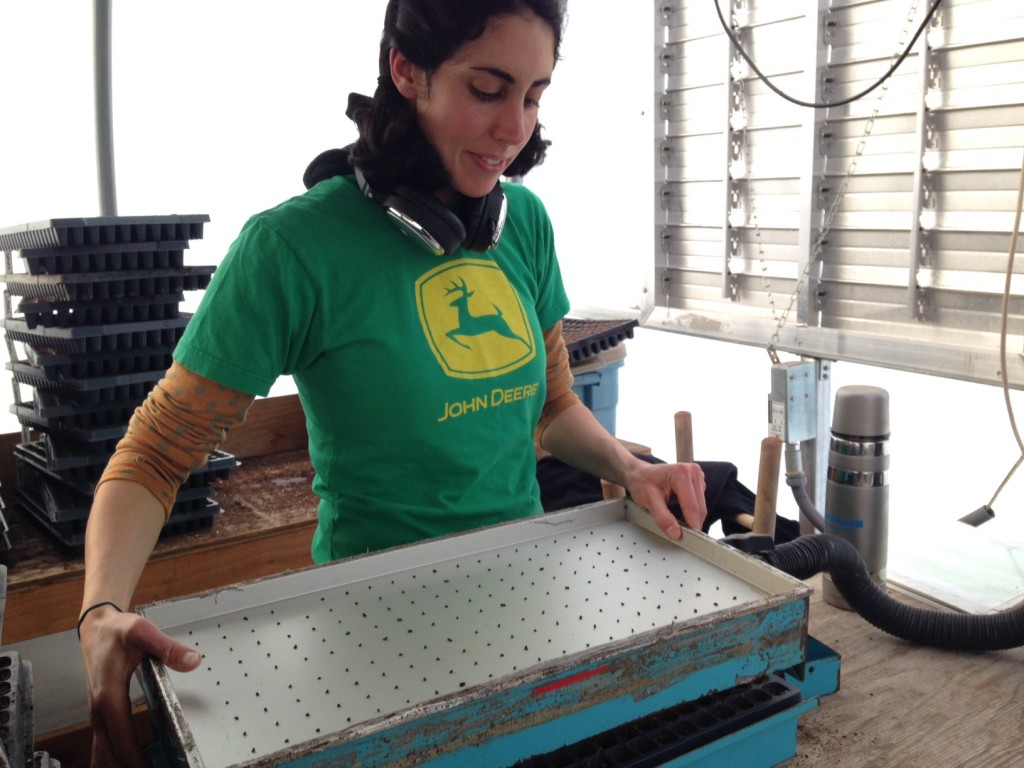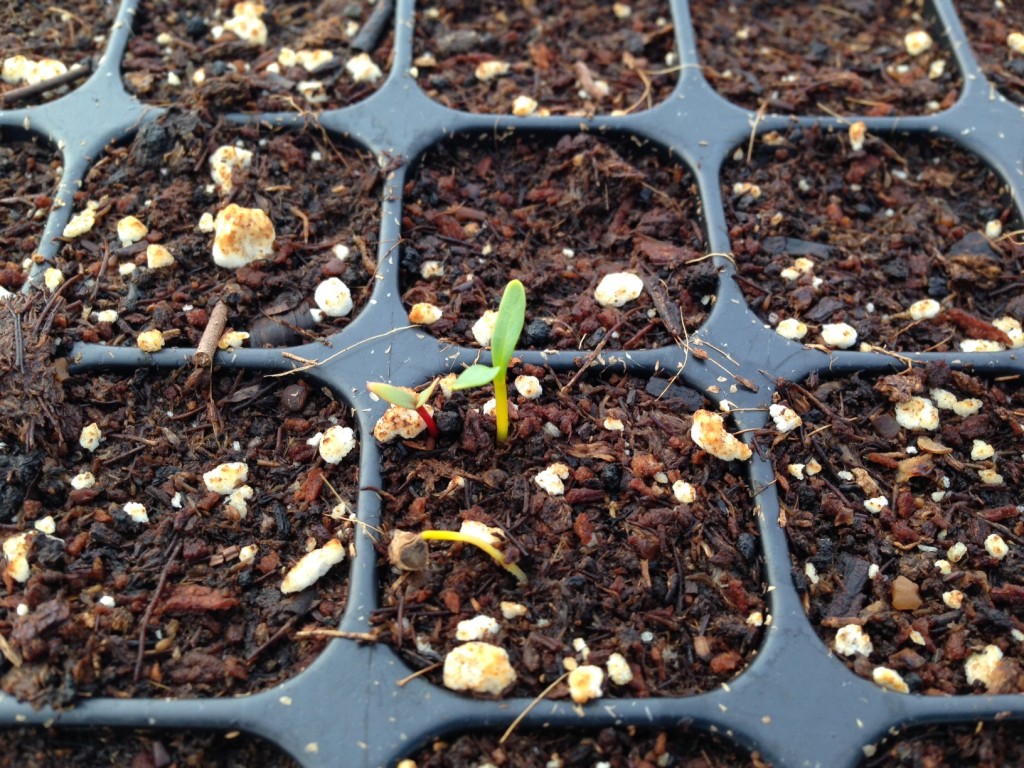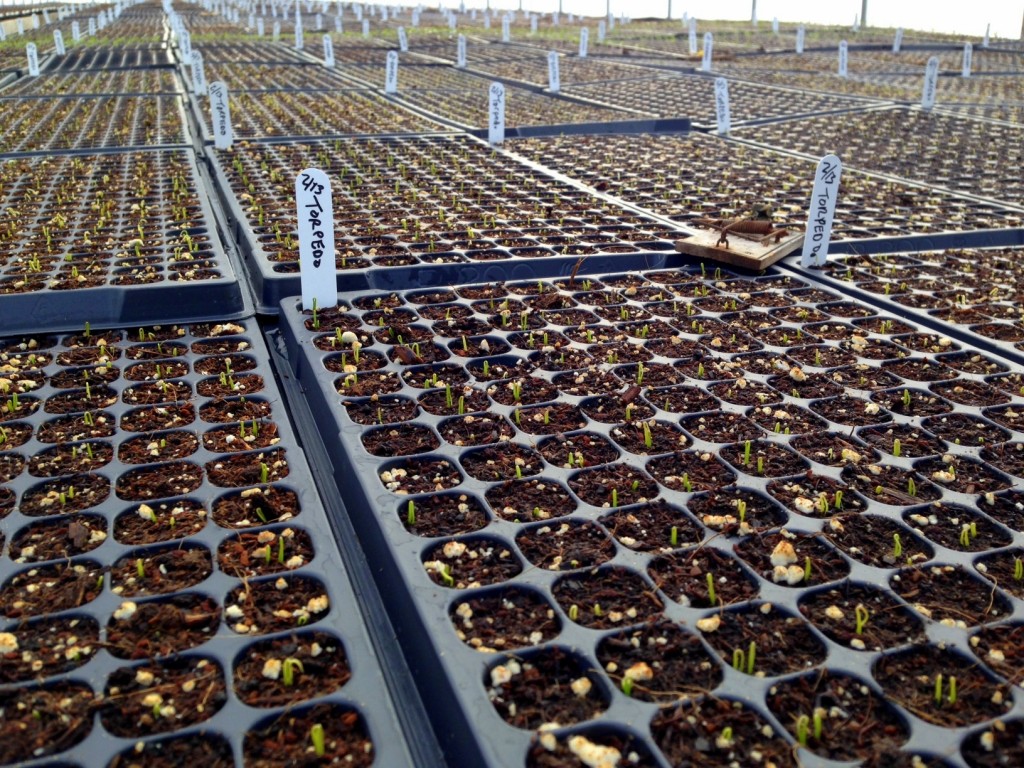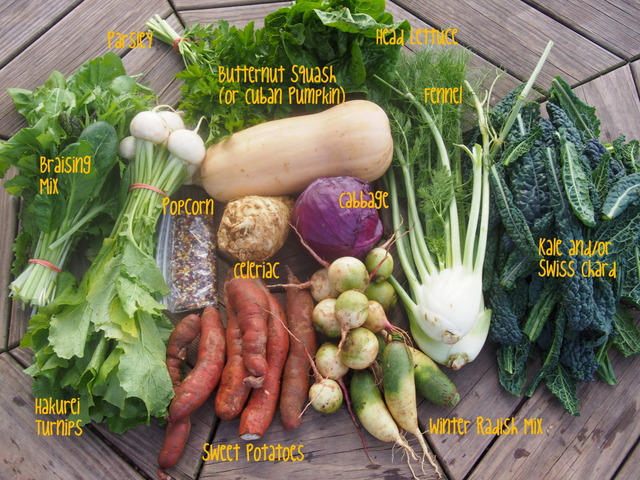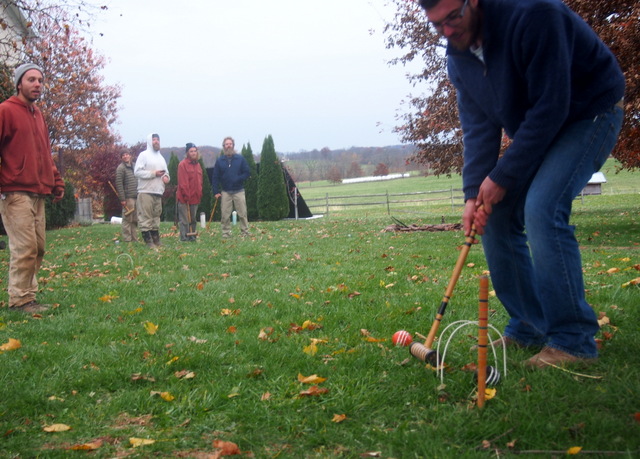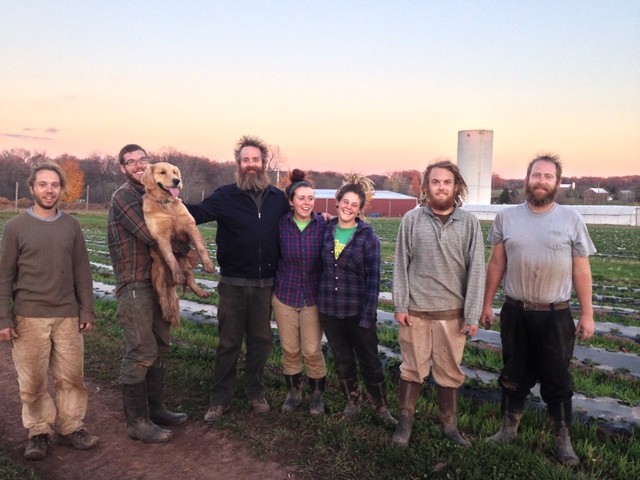Like many of you, in the colder winter months when our farm coffers start to run dry we head to the grocery store for our fresh produce. With the exception of kale which we have in our greenhouses, we go on a greens hunt, searching out head lettuce and spinach, and carrots amongst other offerings. Besides Lady Moon Farms in Florida, the shelves are overwhelmingly stocked with produce shipped in from California.
California, the sunshine state, the land of palm trees, surfers, and epic landscapes. What do your Pennsylvania farmers do in the winter? Follow the sun west of course, for a two week road trip from San Fran to San Diego. We embarked on a journey to see good friends, feel a bit of warm sunshine on our skin, and expose our 9-year old to a variety of landscapes from the coastal tide pools of the pacific coast, to the towering redwoods, to the otherworldly boulders and desert fauna of the Mojave. But no trip to California by two curious east coast farmers would be complete without a look at the epicenter of vegetable production in the United States. On our journey through the state we were awed by the scale of the farms and shocked by the unsustainability of a system of farming in a barren desert, where water is a precious and rapidly dwindling resource.
As we headed south from San Francisco we detoured inland through parts of the Salinas Valley. In Castroville, the “artichoke capital of the world”, we hopped out of the car to photograph the artichokes, only to leap back as a low flying helicopter aerial spraying buzzed overhead.
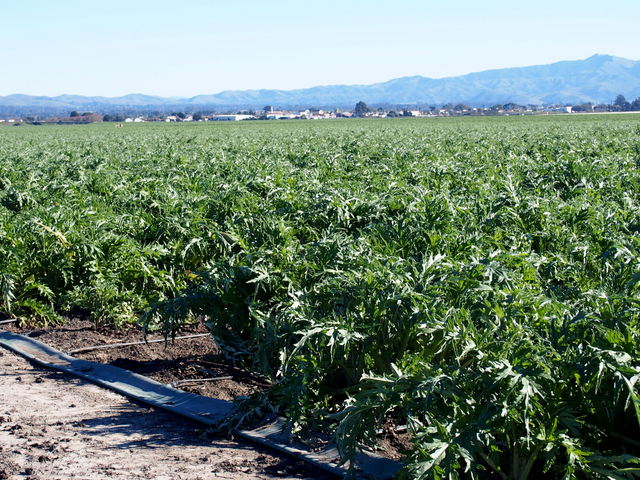
Artichokes in Castroville, Ca.
Under the hazy sun, we observed endless acres of irrigation pipes, feeding fields and fields of brussel sprouts, broccoli, cauliflower and of course, artichokes. In the summer, the fields of Salinas Valley are full of salad greens, but this time of year they are mainly planted into strawberries as far as the eye can see, which will winter over into spring. The lettuce production moves south for the winter to Coachella Valley, the Imperial Valley and Yuma, Arizona.
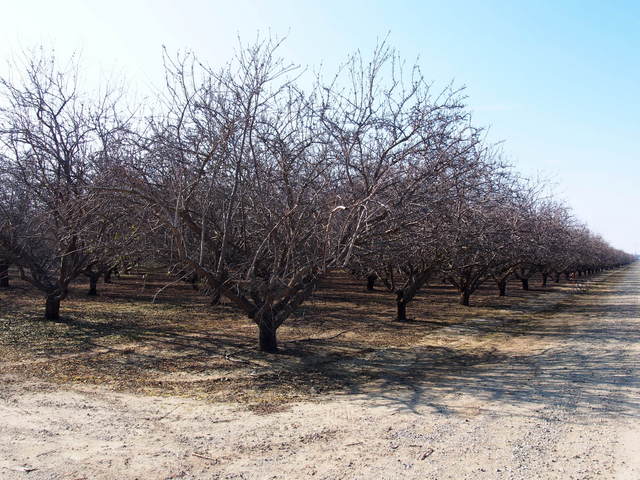
Thousands of acres of almonds trees.
Midway through the trip we drove from a little town on the pacific coast north of LA, inland toward Joshua Tree, located east of San Diego, near Arizona. We passed south of Bakersfield through the Central Valley where 850,000 acres of almond trees grow, along with wine and table grapes, pistachios, and pomegranates. The farther inland we drone, the dryer and less green the landscape became. The soil was as sandy and barren as the desert we were approaching, the trees were dormant, the irrigation canals dry. Land that was once farmed in cotton has now been converted to orchards, the trees seen as easier to manage. However the lack of water is causing unprecedented problems. Many farmers are being paid by the acre not to farm, so the water they would normally use can flow west to the urban sprawl that is Los Angeles and its ever growing population.
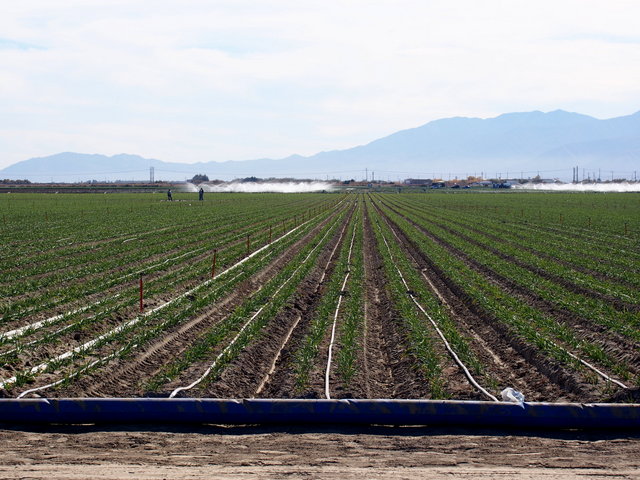
Garlic in the Imperial Valley fed by a series of irrigation ditches and tubing.
After a few days exploring Joshua Tree we were back on the road, heading to San Diego through the Imperial Valley, the “wintertime salad bowl of America.” Here’s where it got interesting. Early settlers saw this valley as a land of fertile soil, lacking only in irrigation water to make the desert bloom. In 1905, torrential rainfall in the American Southwest caused the Colorado River to flood; including canals that had been built in the late 1800’s to irrigate the Imperial Valley. Since the valley is partially below sea level, the waters never fully receded, but collected in the eerily blue Salton Sea, the world’s only artificial inland sea. This sea serves as an important stop on the path of migratory birds, and also helped to create the micro climate favorable to year round agricultural production.
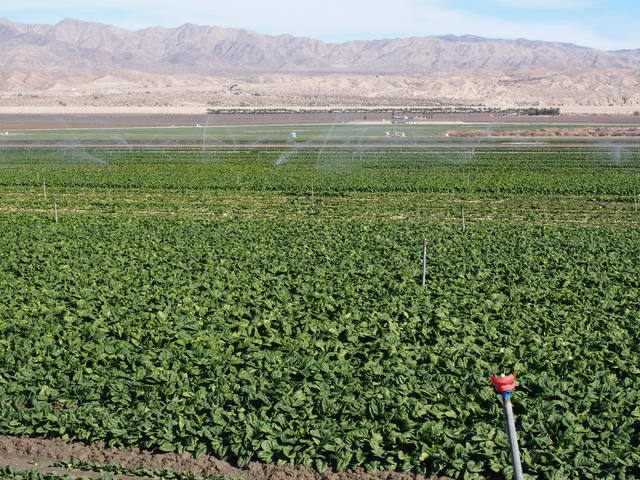
Irrigated spinach fields in the Imperial Valley.
Under pressure the US government built the Hoover Dam to control the river and to protect the productive farmland that was seen as a respite from the dustbowls of the Midwest. After decades of construction, the dam allows the Colorado River to now provide consistent water flow to 40 million people and 4 million acres of farmland. After river silt is removed in giant basins, the water flows out in 3 major canals. One of these canals, the 80 mile All-American canal, flows to the Imperial Valley and then on to the Coachella Valley. Hundreds of millions of gallons of water through miles and miles of canals, ditches and irrigation tubing keep onions, lettuce, cauliflower, garlic, spinach, carrots, and more growing. Acres of dates, and truck after truck loaded with lemons flew by our car window. 80% of the nation’s winter produce is grown in the Imperial Valley and is all fed by the Colorado River. That is a staggering thought.

Acres and acres of head lettuce in the Imperial Valley.
What’s happening as these canals and irrigation ditches run dry, the Salton Sea shrinks, and the water flow slows to a trickle or to nothing at all? There’s a race to the bottom as farmers dig deeper and deeper wells. There’s a 6 month to 1 year waiting list for wells to be drilled, wells that seek water at depths from 250 to 2500 feet deep. Deeper wells dry up neighboring wells at shallower depths, pitting neighboring farmer against neighboring farmer. In a matter of decades underground aquifers are being depleted that were created over thousands and thousands of years. For many farmers the cost to keep trees watered is higher than any profits, so they are pushing them out of the ground. Up north, in the Salinas valley the water problem also exists. There the water flows west from Yosemite, and snow melt. But the snow pack in the mountains is shrinking. As farms produce less, unemployment rises along with the prices. Everywhere you go there are signs to conserve water, and everywhere it is dry.
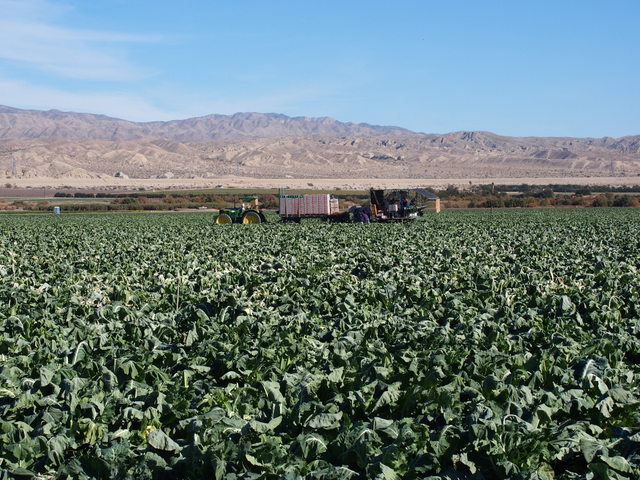
Cauliflower harvest in Imperial Valley.
Tom and I were humbled to see food production on such a mass scale- it was a reminder to us of the value of our work, which is at its core, about feeding people. We were also invigorated to be a part of a local farm community charged with finding alternatives to the grossly unsustainable system that currently exists in California. You clearly cannot grow food in a desert forever. To depend on irrigation to that level, to continuously divert water from the Colorado River, is simply unsustainable. The current drought conditions in California only shine a light on a system that is at its heart unsustainable. As much as we may curse the downpours that are typical here in the summer, water is life giving. As if we didn’t need another reason to encourage local farming, our winter sojourn to California delivered one of the most glaring reminders we can offer. We were also struck with a greater appreciation and sympathy for the challenges farmers face out west, and were given a stark visual reminder of exactly what it takes to bring that head of lettuce to a Whole Foods in Pennsylvania from the Imperial Valley of California.
Reminder: Register and pay in full for the Blooming Glen Farm CSA by February 1st to receive a discounted share price! Registration is on the home page of our website.
 Post and photos by Tricia Borneman, Blooming Glen farmer and co-owner. Tricia and her husband Tom have been growing together since 1996 and farming together since 2000. They started Blooming Glen Farm in 2006. Tricia is passionate about food, community, art and nature and the intersection of all four.
Post and photos by Tricia Borneman, Blooming Glen farmer and co-owner. Tricia and her husband Tom have been growing together since 1996 and farming together since 2000. They started Blooming Glen Farm in 2006. Tricia is passionate about food, community, art and nature and the intersection of all four.





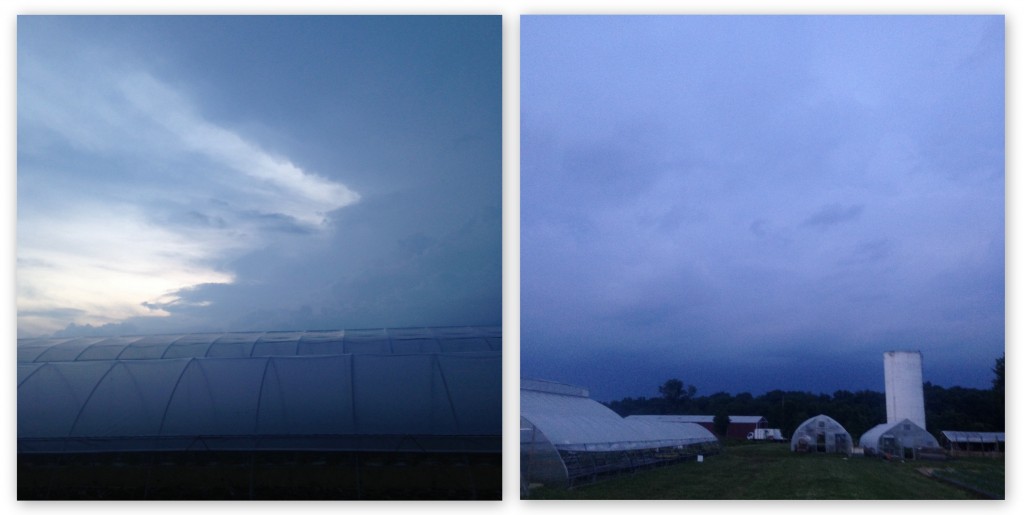





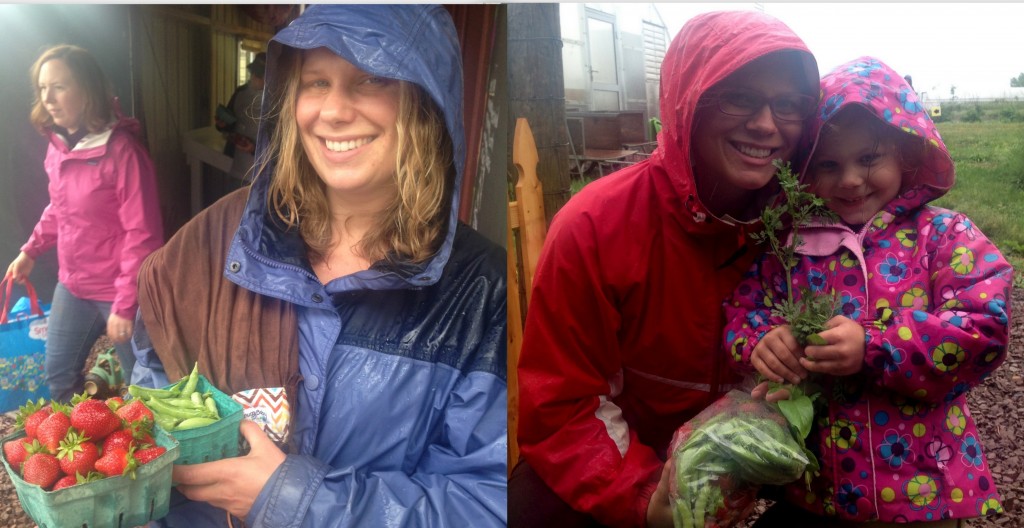 It’s always a welcome change of pace here at the farm when the CSA starts. It’s wonderful to see new and returning members- clad in their bright raingear this week!, and to witness the collective excitement for fresh picked veggies. We have committed to consistently growing spinach this season- so far we’re off to a great start. The share this week contains a variety of spring roots: french breakfast radishes, a milder yet still spicy radish, as well as hakurei turnips and kohlrabi (or as one of our crew members coined- “purple alien plums”).
It’s always a welcome change of pace here at the farm when the CSA starts. It’s wonderful to see new and returning members- clad in their bright raingear this week!, and to witness the collective excitement for fresh picked veggies. We have committed to consistently growing spinach this season- so far we’re off to a great start. The share this week contains a variety of spring roots: french breakfast radishes, a milder yet still spicy radish, as well as hakurei turnips and kohlrabi (or as one of our crew members coined- “purple alien plums”).